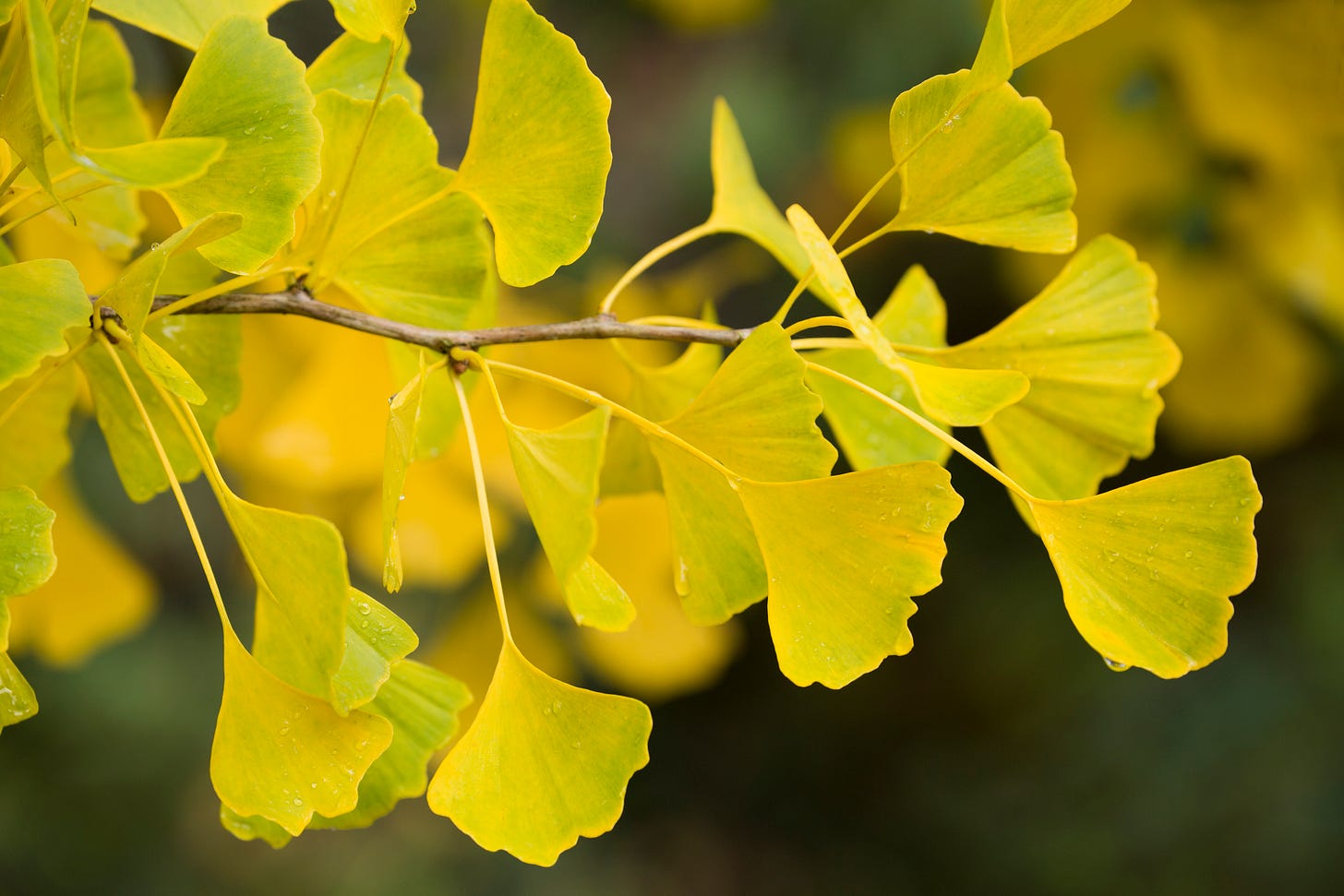What's going on with the trees in the plaza?
Mistletoe is slowly killing them, but the city has a plan

The public works guys have been out in force this week, working on the trees in the plaza, removing mistletoe and pruning away branches that can’t be saved. And Public Works Director Dante DelPrete has been getting telephone calls.
“We get calls every winter,” he said. “The leaves fall off the trees, revealing the mistletoe.” And people want to know what he’s going to do about it.
“I’ve been dealing with this for about 20 years,” he said wrily.
In answer, the city put out an interesting post about the trees on Facebook. We thought it was worth reprinting because you might have been wondering, as I had, ‘What’s with all the duct-taped branches?” Here’s the explanation:
You may have noticed that something is going on with the trees in the downtown plaza. Evergreen Pear trees were recommended for the plaza when originally planted some years ago. Unfortunately, they have proven to be highly susceptible to mistletoe infestation, especially in environments that receive a lot of use like our plaza. This has been an ongoing issue for several years, and our city arborists have been consulted on the best way to address the issue to extend the health and life of the trees.
One strategy has been to remove as many of the infested branches as possible without compromising the structure of the trees and to then wrap sprout sites with 10mil tape. As you can see in the photo above, significant portions of some of these trees have become covered in tape over the years.
The second photo shows a tree that was drastically cut back due to a severe mistletoe infestation and is scheduled to be replaced as time allows with a Ginkgo tree. Per a previous arborist’s recommendation, Public Works staff have been selectively removing the most diseased trees and implementing the Ginkgo trees as a replacement strategy. As budget allows within the next few years, the current remaining Evergreen Pear trees will be replaced entirely with Ginkgo trees that are more resistant to mistletoe.
DelPrete said the city will be replacing the trees with 6- to 8-foot ginko trees. The trees have to be mature enough to withstand the trials of life in a public park, so they buy them as large as possible.
“Unfortunately, vandalism happens intentionally or unintentionally. And the larger the tree, the better it can withstand that.”




Why aren’t we using native trees?
Cal Poly has a useful tool for evaluating candidate urban trees. https://selectree.calpoly.edu/
A collection of houses and buildings evolves from wilderness to civilization in part by the trees that are a strategic enhancement.
Our city leaders seem to consider trees another commodity instead of indicators of thoughtful long term planning associated with cultured maturity.
Fireblight and mistletoe are realities like pine bark beetles and Dutch Elm disease. Healthy trees reflect a village financial as well as its mental health.
City trees reflect who and what we are as a community. Struggling to get by…